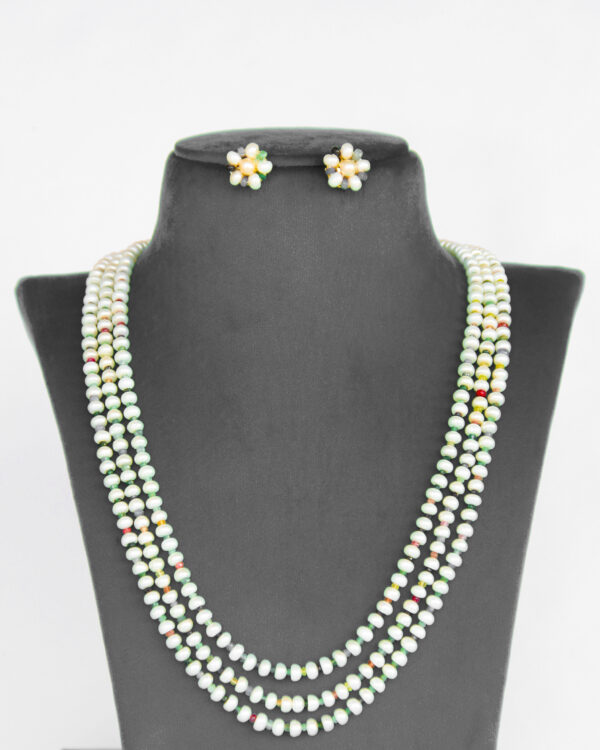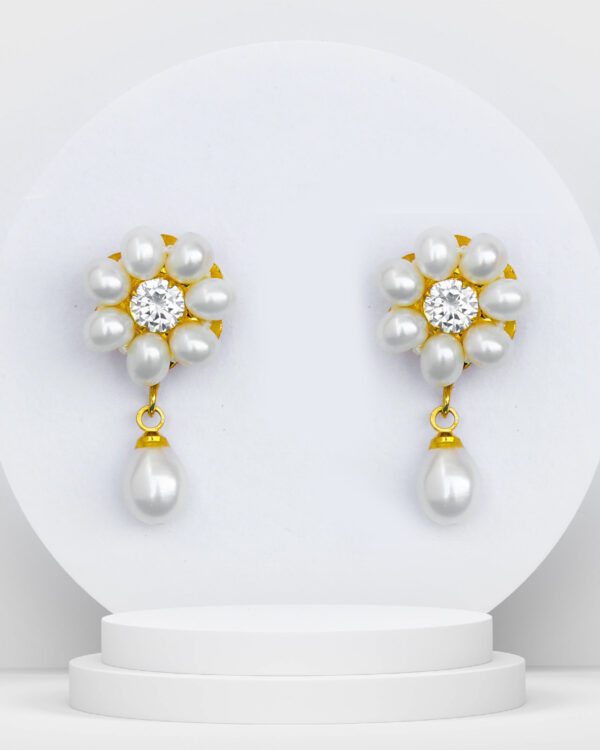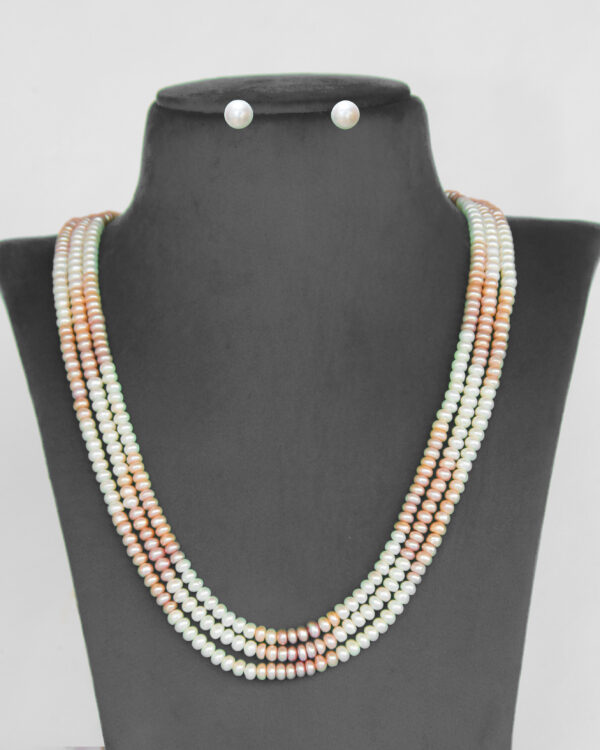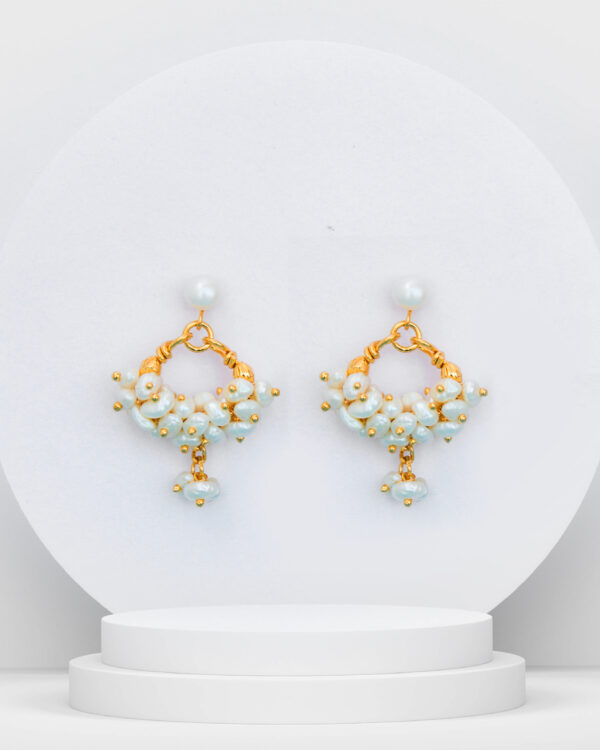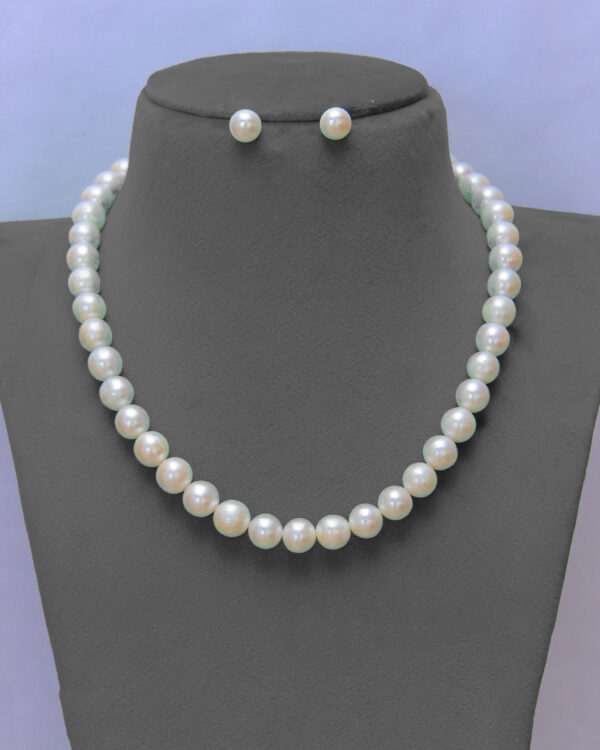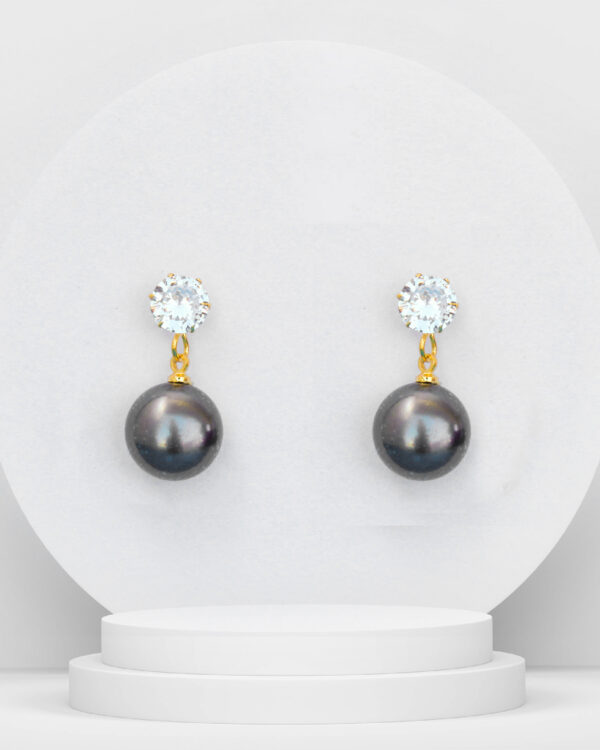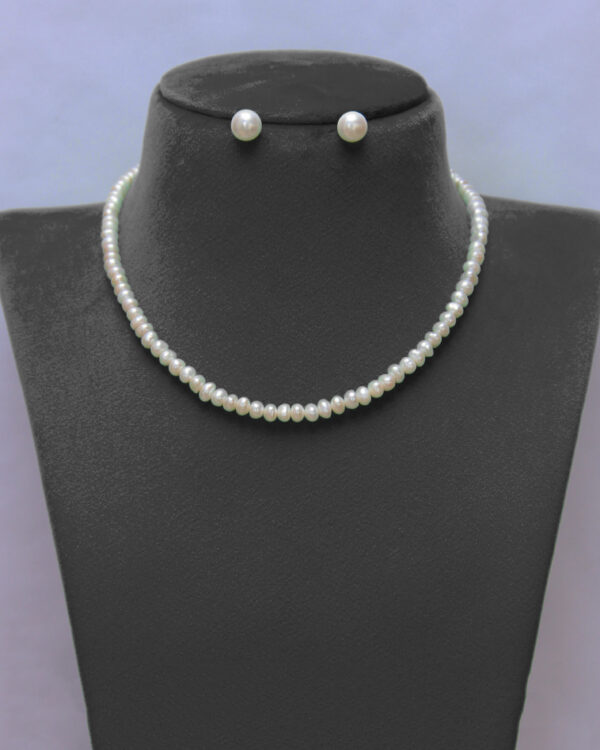PEARLS JEWELLERY
PEARLS JEWELLERY: Category Description
Introduction
Pearls jewellery encompasses a wide array of adornments crafted using pearls, which are unique and precious organic gems formed within the soft tissue of a living shelled mollusk. Known for their timeless elegance and classic beauty, pearls have been cherished and adorned by various cultures for centuries. This category includes various types of jewellery pieces such as necklaces, earrings, bracelets, rings, and more.
Types of Pearls
- Natural Pearls: Formed without human intervention, these are extremely rare and highly valued.
- Cultured Pearls: These pearls are formed with human assistance, where an irritant is introduced into the mollusk to stimulate pearl formation. They are more common than natural pearls and come in various types:
- Akoya Pearls: Known for their high luster and typically white or cream color, often found in classic pearl strands.
- South Sea Pearls: These pearls are larger, often found in shades of white, silver, and gold.
- Tahitian Pearls: Famous for their dark, exotic colors ranging from black to green, blue, and purple.
- Freshwater Pearls: Available in a variety of shapes and colors, typically more affordable.
Jewellery Pieces
- Necklaces:
- Strands: Single or multiple strands of pearls, ranging from choker to opera length.
- Pendants: A single pearl or cluster of pearls as a focal point.
- Earrings:
- Studs: Simple and classic, featuring a single pearl.
- Drops and Dangles: Pearls hanging from a setting, often combined with other gemstones.
- Bracelets:
- Strand Bracelets: Similar to necklaces, available in single or multiple strands.
- Charm Bracelets: Incorporating pearls with other charms.
- Rings:
- Solitaire Pearls: A single pearl as the centerpiece.
- Pearl and Gemstone Combinations: Pearls paired with diamonds, sapphires, or other gems.
- Brooches and Pins: Decorative pieces featuring pearls, often used as statement accessories.
Quality Factors
- Luster: The quality and intensity of light reflected from the pearl's surface. High-luster pearls are more desirable.
- Surface: The smoother the surface with fewer blemishes, the higher the quality.
- Shape: While round pearls are most traditional and valued, baroque or irregularly shaped pearls are also popular for their unique beauty.
- Color: Includes body color and overtone, ranging from white, cream, and pink to more exotic shades like black, gold, and blue.
- Size: Larger pearls are generally more valuable, though the importance of size can vary based on type and use in jewellery.







